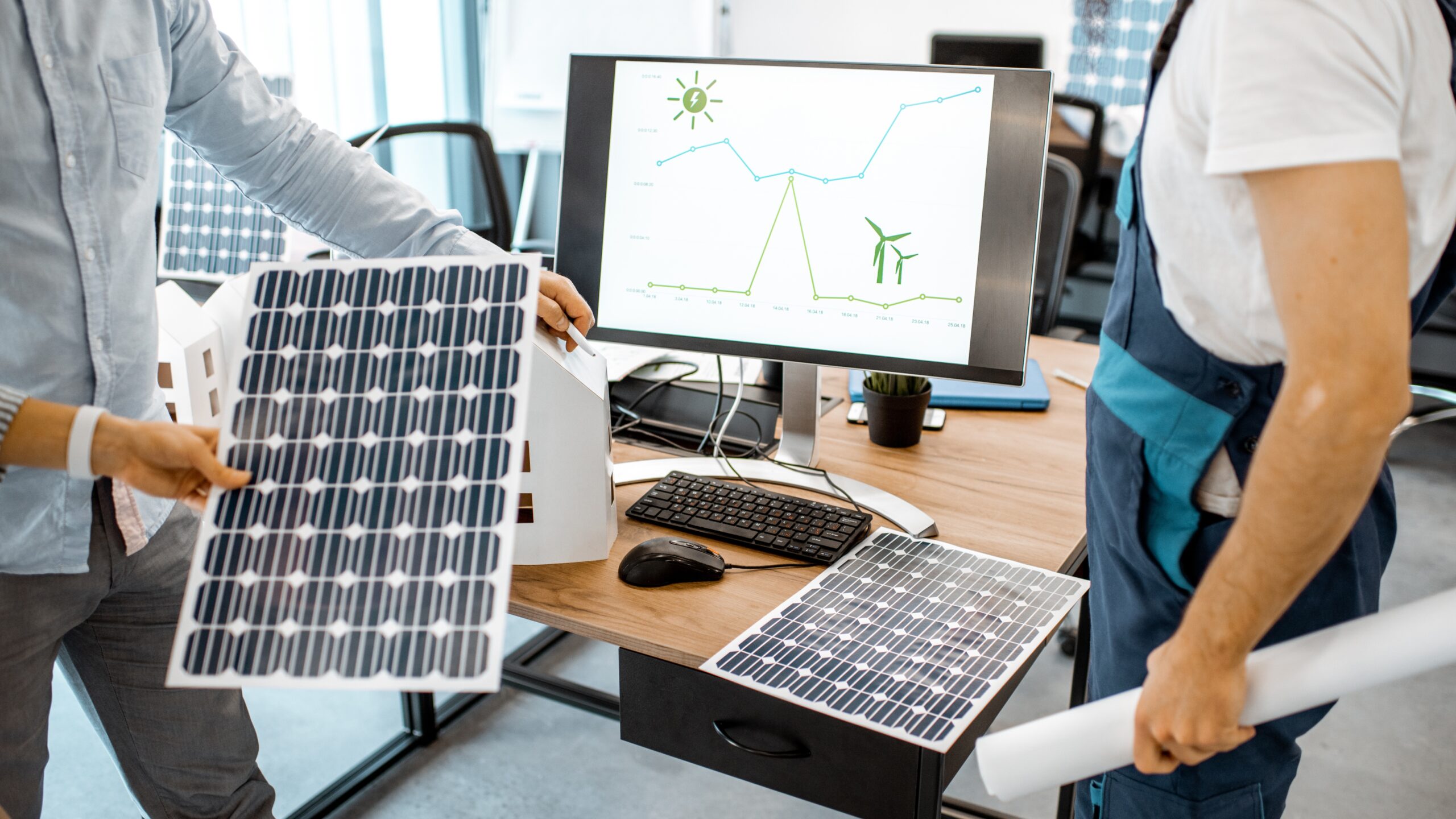In today’s competitive business world, project bidding is no longer about just submitting the lowest price. Companies need to balance competitiveness with profitability, ensuring bids not only attract clients but also generate sustainable revenue. This is where bid modelling makes all the difference.
Bid modelling relies on a structured, data-driven approach to craft informed and effective proposals. By analysing factors such as cost structures, market trends, and competitor behaviour, businesses can make smarter decisions that help win contracts while ensuring profitability. Learn more about leveraging these strategies effectively at Fin-Wiser. In this blog, we’ll discuss how bid modelling helps companies achieve a competitive edge.
What is Bid Modelling?
Bid modelling is a methodical approach to project bidding that uses analytical tools and strategies to create competitive and profitable bids. It evaluates critical aspects like direct and indirect costs, market conditions, and project risks to optimise bidding strategies.
Traditional bidding often depends on intuition or limited data, but bid modelling introduces a more reliable framework by leveraging predictive analysis and data. Discover predictive analysis techniques at Fin-Wiser. This allows businesses to:
Develop winning pricing strategies.
Reduce risks associated with overbidding or underquoting.
Align bids with client expectations while securing margins.
By adopting bid modelling, companies can create bids that are competitive yet financially sustainable.
Key Components of Effective Bid Modelling
Successful bid modelling requires focusing on the following essential components:
1. Data Collection and Analysis
To begin with, bid modelling involves gathering key data—historical project data, current market trends, and internal cost structures. Read about how to effectively gather and use this data at Fin-Wiser. A robust financial model ensures you have accurate information for decision-making.
2. Scenario Planning
A core aspect of bid modelling is creating multiple scenarios. Learn how scenario planning works at Fin-Wiser. By simulating different pricing strategies and cost variations, businesses can predict outcomes and prepare for unexpected changes in project scope or market conditions.
3. Risk Assessment
Risk assessment plays a critical role in mitigating uncertainties during project execution. Bid modelling identifies risks like fluctuating material costs or labour shortages, helping businesses address them in advance.
4. Competitor Analysis
To stay ahead in the bidding process, understanding competitor behaviour is vital. Bid modelling incorporates insights about competitors, helping companies craft bids that stand out.
These elements, when integrated effectively, enhance the quality of your bids, helping you win more contracts while maintaining profitability.
Benefits of Bid Modelling in Project Bidding
1. Smarter Decision-Making
Bid modelling eliminates guesswork by offering actionable, data-backed insights. With accurate data, companies can avoid pitfalls like overpricing or undercutting, ensuring a balance between competitiveness and profitability.
2. Higher Profitability
By optimising pricing strategies and uncovering hidden costs, bid modelling helps maintain margins even in competitive environments.
3. Enhanced Competitive Positioning
Understanding market trends and client priorities is essential for standing out in competitive bidding. Bid modelling provides the insights needed to tailor bids effectively.
4. Risk Mitigation
With proactive risk assessment and scenario planning, bid modelling ensures smoother project execution, reducing costly surprises.
5. Client-Centric Proposals
Bid modelling helps businesses align proposals with client expectations, increasing the chances of securing contracts. Find out how to tailor proposals effectively at Fin-Wiser.
Real-World Case Study: Boosting Success Rates with Bid Modelling
A global infrastructure company recently adopted bid modelling to address challenges in securing large-scale projects. Operating in a competitive market, the company struggled with fluctuating costs and unpredictable bidding outcomes. By implementing a structured bid modelling approach, they achieved the following:
Results Achieved:
Win Rate Improved by 40%: By leveraging data to align proposals with client priorities, the company significantly increased their success rate.
Cost Variance Reduced by 25%: Scenario planning allowed for better cost predictability, reducing unexpected expenses.
Profit Margins Improved by 15%: Pricing strategies were optimised without sacrificing competitiveness.
Below is a graph showcasing their enhanced performance metrics:

This case study highlights how strategic bid modelling can transform bidding processes, ensuring long-term success in competitive markets.
Conclusion: Why Bid Modelling is Essential for Your Business
In a highly competitive market like Dubai, winning project bids requires more than just low pricing. Bid modelling empowers businesses to create data-driven, client-focused bids that not only win contracts but also ensure profitability.
To transform your bidding strategy, adopt structured bid modelling practices to stay ahead of the competition.











